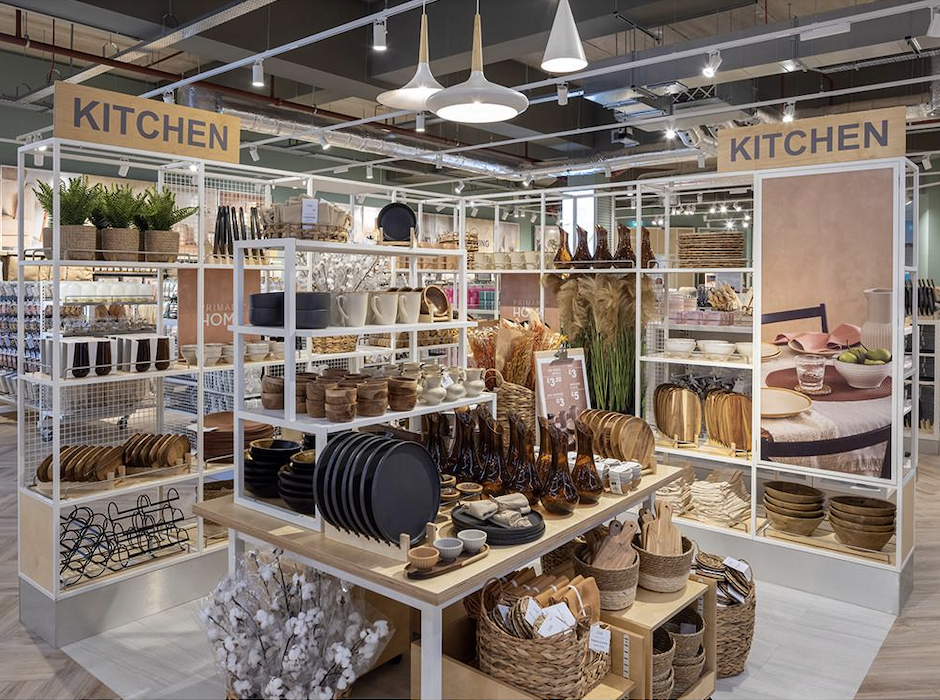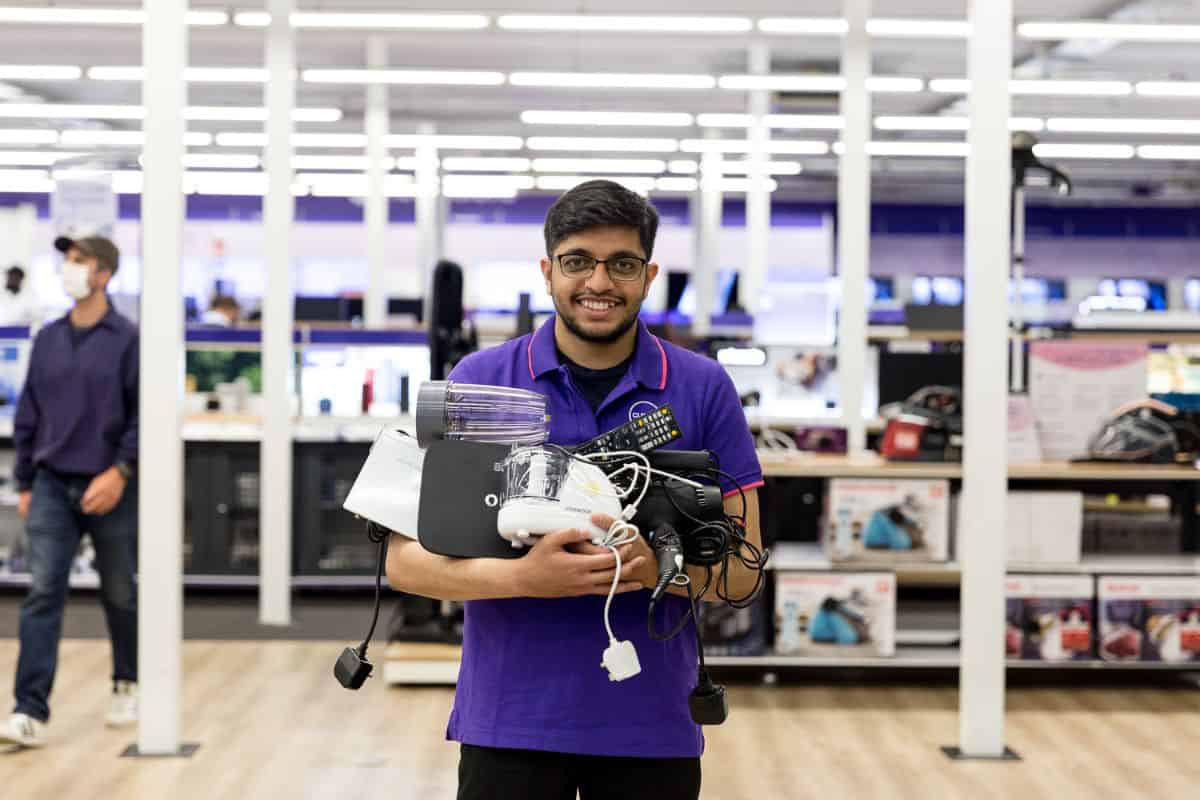Each year, InternetRetailing starts to look ahead to the coming new year in a series of predictions. Today’s predictions, from a wide range of industry commentators, go beyond delivery to look at returns and how stores might be used for fulfilment.
Returns look set to fall in 2023
Sarah McVittie, co-founder of Dressipi, says: “Reduced returns will be a positive to come out of inflation and the cost of living crisis. Cheaper items typically have lower return rates so with more consumers opting for the lower value items to reduce their spending, we will see a dip in returns.”
The shift to new fulfilment models
Mark Thomson, retail industry director EMEA at Zebra Technologies, says: “Some elements of the global lockdown are (hopefully) gone for good—think Zoom holiday parties, for example. But others, such as the consumer expectation for a seamless experience across digital and physical experiences are here to stay. Over 80% of shoppers today say they prefer retailers that offer easy returns and 75% prefer the option to have their products delivered according to Zebra’s 15th Annual Shopper Study. And seven-in-10 prefer retailers who offer a blend of in-store and online shopping. Once unthinkable concepts are now seen at scale, for example, picking up your coffee drink that was ordered from an app, or Buy-Online-Pick-Up-In-Store, Buy-Online-Return-In-Store and Buy-Online-Pick-Up-at-Curb (BOPIS, BORIS, and BOPAC) are now so commonplace they are hardly even differentiators.
“Consumers today demand previously siloed experiences about how they browse, learn, acquire and consume a retailer’s product to be seamless and interchangeable. This tectonic shift is driving a rethink of all retail operations, and arguably this change has already happened – all but the retail laggards have at least begun the transition. In 2023, the expectation is that these experiences will be further cemented and, most importantly, that retailers will have to execute them more profitably.”
The rise of in-store fulfilment
Ian Caminky, SVP & MD parcel locker solutions at Quadient, says: “With hybrid shopping now the primary buying method for more than a quarter of consumers and more than a third of Gen-Zers, retailers will have to master the art. Events of the last few years have forced most retailers to refine online delivery processes, but now customers are back in high streets, they need experiences that join seamlessly across both online and in-store.
“To take advantage of the rising demand for hybrid shopping, retailers will be looking to optimise store layouts to enable easier and faster ways to click-and-collect – and parcel lockers can make the process smoother for consumers and retailers alike. They can ease consumer fears of having parcels stolen while they’re out at work (our recent FOI request to UK Police forces showed ‘porch piracy’ is rising 300%), and enable them to skip lengthy checkout queues. For retailers, lockers free up staff time, as well as increasing footfall into physical stores and encouraging additional purchases.
“Retailers will also need to optimise their returns process in the coming year. One in three online orders are now returned by shoppers, forcing more and more retailers to implement charges for returns. In the back half of 2022 we saw some retailers starting to charge for returns, but over the longer-term they could limit the costs involved by using parcel lockers. Enabling customers to drop off their parcel back to a locker in-store means retailers won’t have to foot the delivery bill – in turn enabling them to offer consumers a cheaper and much more convenient option.”
The importance of managing fraudulent returns
Eyal Elazar, policy abuse expert at Riskified, says: “Policy abuse, which occurs when a consumer exploits (intentionally or otherwise) a retailer’s terms and conditions, has gained significant traction over the past few years and will continue to be a top priority for online retailers as we go into 2023.
“Policy abuse, for example, is when customers misuse promotional codes, falsely report a missing item, or return used or worn items. These behaviours impact all areas of a retailer’s business – from legal to customer service to shipping and logistics – and can cost them millions of pounds in lost revenue.
“As we enter 2023, the ongoing economic downturn is forcing consumers to think critically about every pound they spend and every pound they save. We can anticipate, therefore, that consumers are likely to continue finding loopholes in retailers’ policies. If retailers don’t pay attention to these consumers’ behaviours and adapt accordingly to manage them, bottom lines will be severely impacted.”









